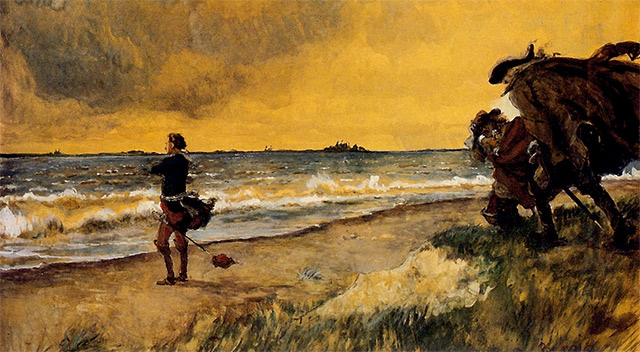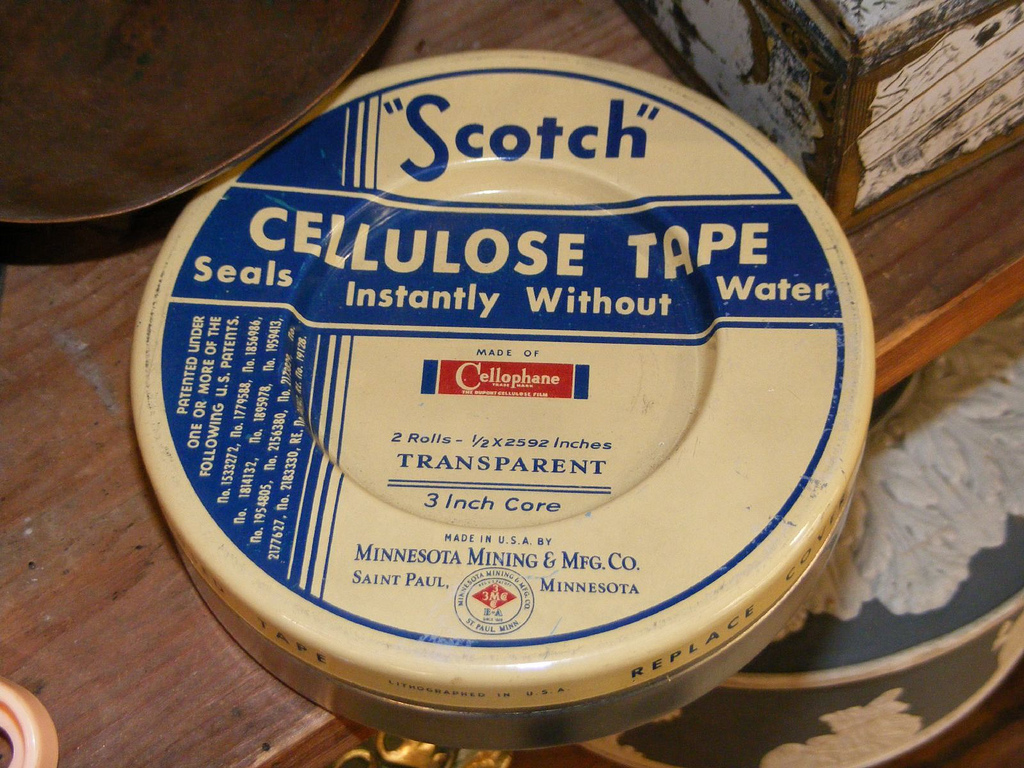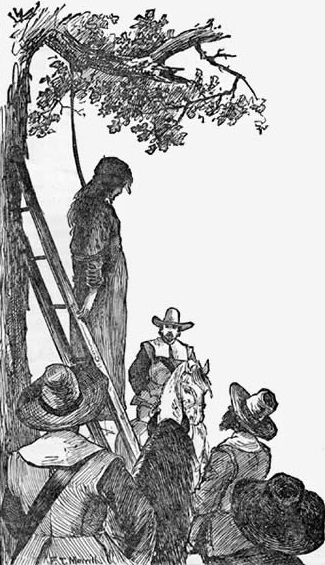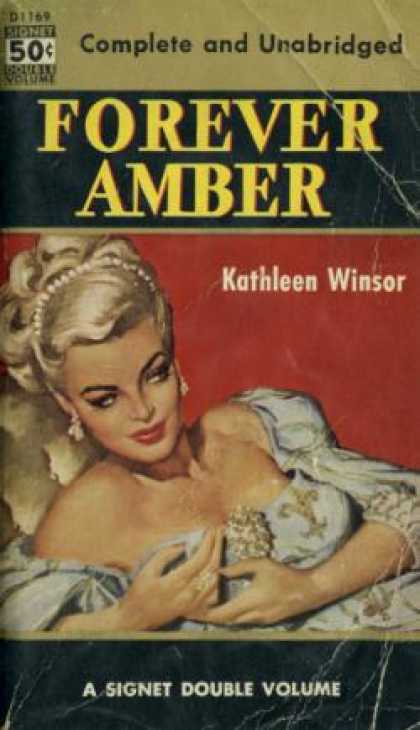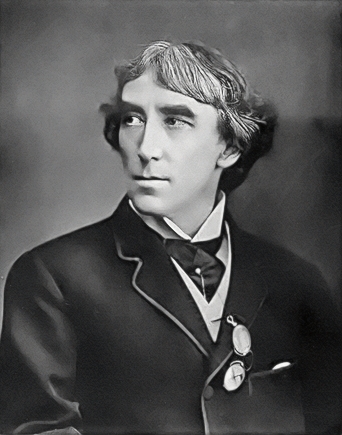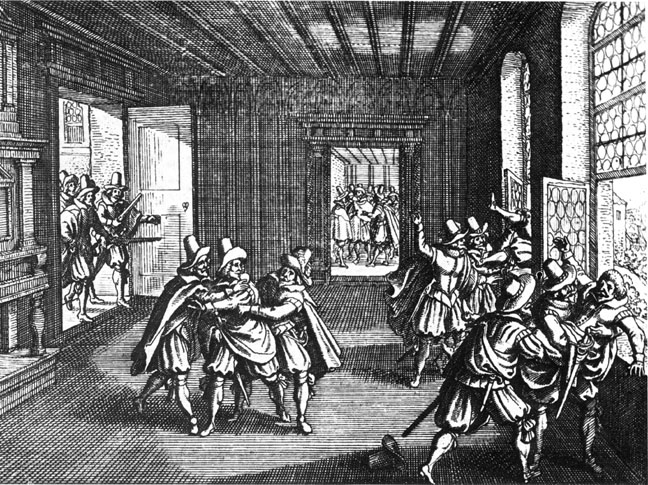Death of Grimaldi the Clown, 1837
 |
| Grimaldi as "Joey" the clown. |
He was born into the trade: his father, "Iron Legs" Grimaldi, was a pantomimist and ballet-master, and his mother was a theater dancer. He first appeared on-stage at the age of two, and by the time he was three, he was a regular performer.
Before Grimaldi, the clown was a stock figure on the stage but he was basically a rural bumpkin. Grimaldi combined that character with the Italian character of Harlequin, developing the first modern clown.
Grimaldi also developed the tradition of audience participation. One of his songs was called Hot Codlins, about an old woman who sold toffee apples, or "hot codlins." Part of the song went, "So to keep herself warm, she thought it no sin, to fetch for herself, a quartern of ..." Here the audience would shout "gin!" and Grimaldi would give them a disappointed and shocked look, which sent them into fits of laughter.
 |
| Grimaldi's memoirs were edited by Charles Dickens. |
Every year, on the first Sunday in February, a memorial service his held in his honor at All Saints' Church in Hackney. Clowns from all over the world, each in full costume and makeup, attend.
Walt Whitman Born, 1819
 |
| Walt Whitman, circa 1869 |
The son of a Quaker carpenter of somewhat liberal and "free-thinking" views, Walt Whitman only received 6 years of education in the Brooklyn public schools. In his early life, he worked as a teacher, a journalist, and an editor. He wrote and published numerous political pieces.
Leaves of Grass, his most famous work, was initially self-published. The first (1855) edition consisted of 12 untitled poems and a preface. He sent a copy of it to Ralph Waldo Emerson, who praised it highly. The second edition, which he published a year later, contained 33 poems, a letter from Emerson, and his response to Emerson's letter.
The work was poorly received, except in select literary circles. In general, it was considered too graphic in its depiction of the body. At one point, Whitman was discharged from his government position in the Indian Affairs Department on the charge that he had written a "dirty book."
Outside of the United States, however, the book was an immediate hit. Over the years, it gained support in the U.S., especially from the younger poets. It has been said that all poetry since Leaves of Grass has been influenced by it -- either in an attempt by the poet to be like Whitman, or an attempt to not be like him.
Whitman continued to revise and refine his greatest work throughout his life.
Martin Frobisher Sails for Canada, 1578
 |
| Sir Martin Frobisher |
Frobisher began his life on the sea at the age of 18. His first two voyages were to Guinea on a trading expedition, but he also operated as a pirate and a privateer, sometimes with royal permission and sometimes not. He was arrested for piracy in England at least three times, but was always dismissed. Apparently, the ratio of profit to damages was always in his favor.
The first of his three expeditions to the New World took place in 1576. It had taken him years to get permission and backing for the voyage, the goal of which was to find a new passage to China through the "Northwest Passage" that he was sure existed. He left with three ships: the Gabriel, of about 20 tons, the Michael, of about 25, and a 10-ton pinnacle. There were 35 crew members in all.
In a storm at sea, the ships became separated. The pinnacle was lost, and the Michael returned to England to report the other two ships lost. Frobisher sailed to Canada with the Gabriel.
The trip was not very successful. Frobisher found no route to China, and five men were lost, apparently captured by Inuits on Baffin Island. They brought back a few samples, including a piece of black rock that one of the men had picked up at the last moment. It was sent to four assayers for analysis.
One of the four assayers who examined it said the rock contained gold. That was good enough for Frobisher's backers, and they organized another expedition. Queen Elizabeth, always a shrewd investor, contributed £1000 and the use of one of her ships for this one. Frobisher was told to forget about his Northwest Passage for the time being and concentrate on collecting gold.
 |
| Elizabeth I invested in the expedition. |
On May 31st, 1578, 15 ships left Harwich, England for the Baffin Island. They aimed this time to create a settlement there with about 100 men. Queen Elizabeth herself had picked a name for the new land -- Meta Incognita.
One ship deserted and returned to England. Another was crushed by the ice -- the men were saved, but most of the timber they had brought for building was lost. The idea of building a colony was abandoned, but the 13 remaining ships returned with about 2000 tons of ore.
Meanwhile, attempts were being made to refine the ore into gold -- attempts that would continue until at least 1583. It was no use; the ore was iron pyrite, known as "fool's gold" and essentially worthless. Some of the ore was used to pave roads, and the rest was thrown into the Bristol Harbor.
Frobisher's backers were bankrupted by the expeditions, but Frobisher managed to move on. He married his second wife (his first had died shortly after his return from his third voyage), who made him both wealthy and a landowner. He joined the British navy a few years later, and was knighted for his role in defeating the Spanish Armada.


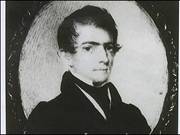




.jpg)











.jpg/730px-Dr._Joseph_J._Kinyoun_(6916215501).jpg)

